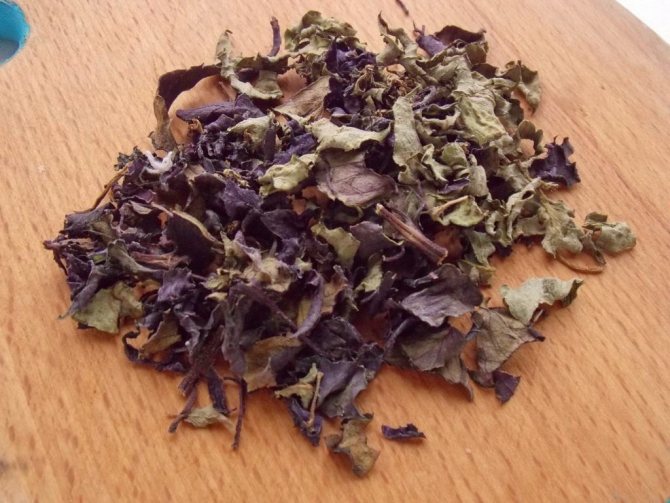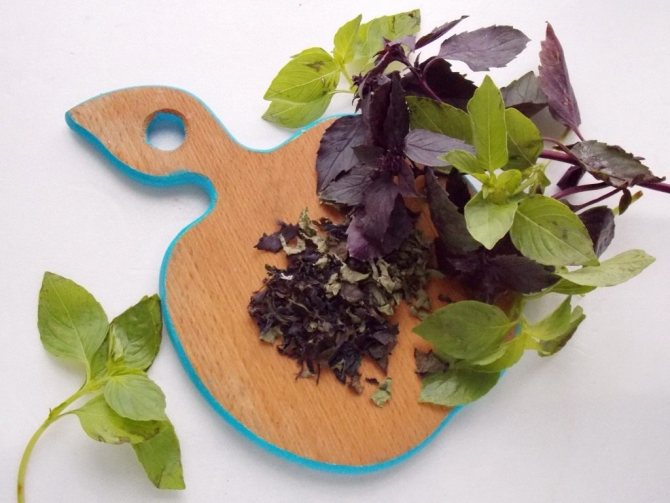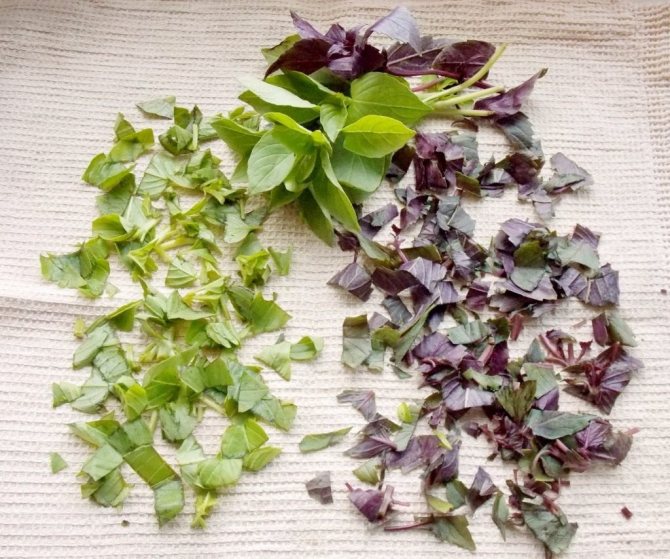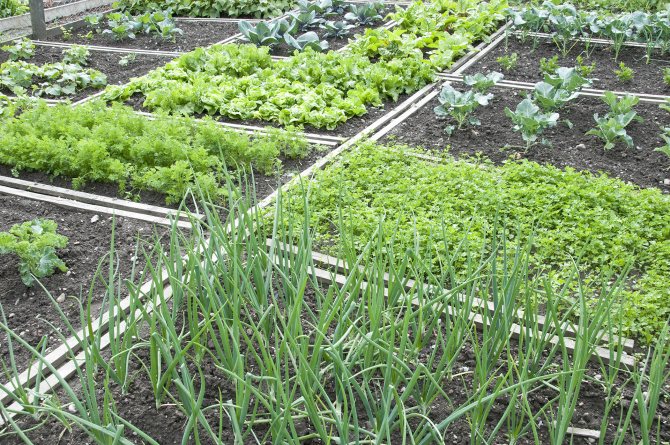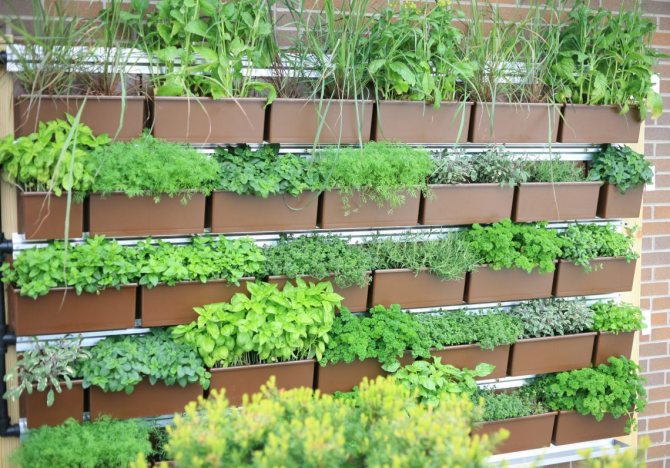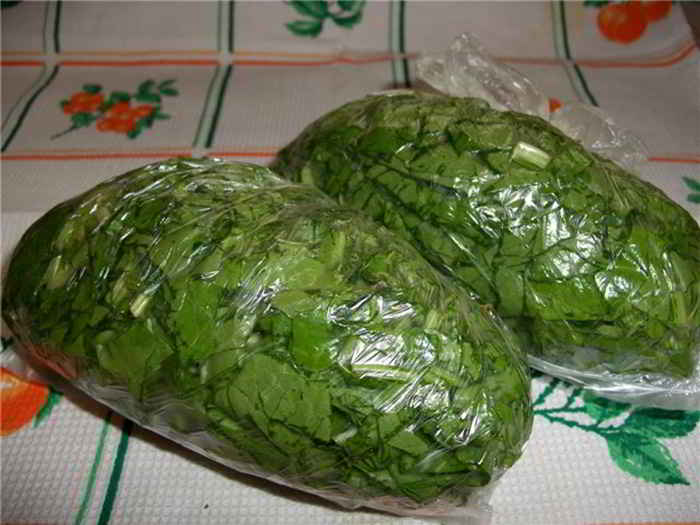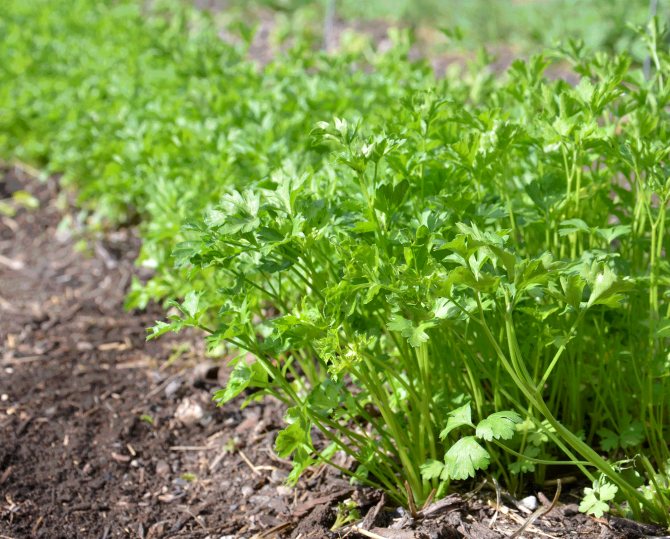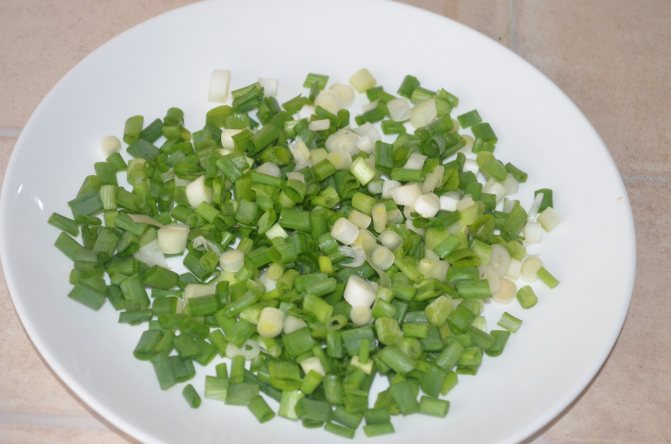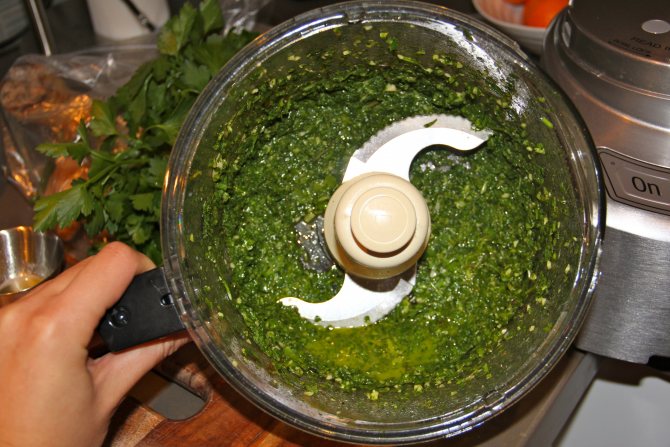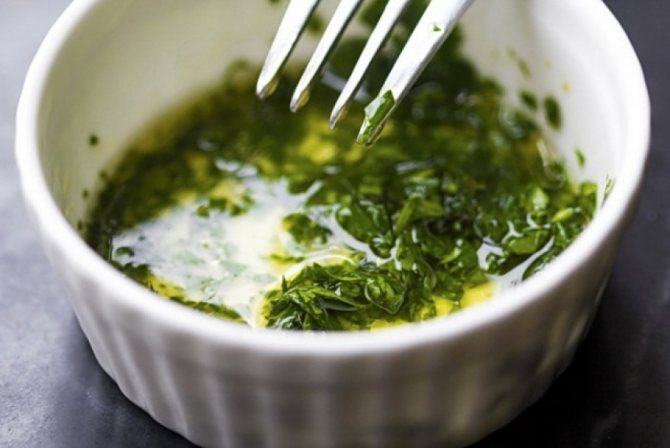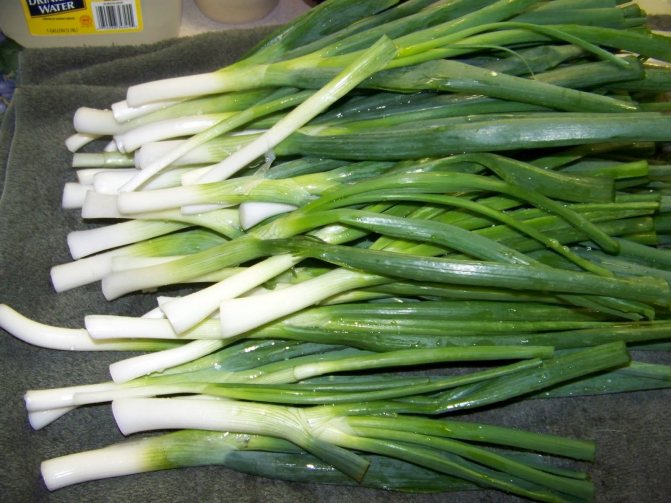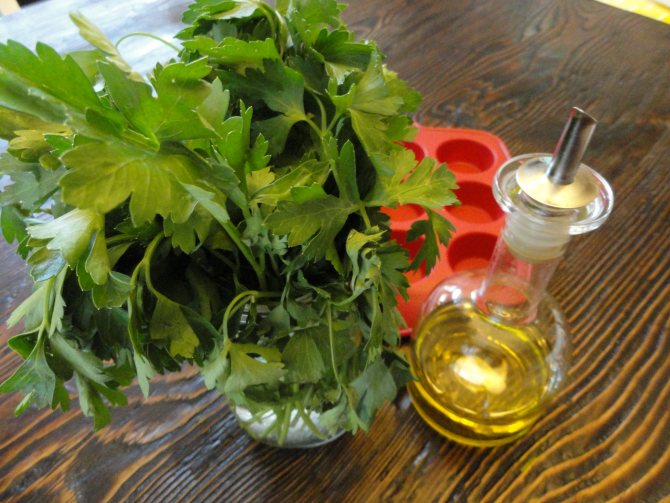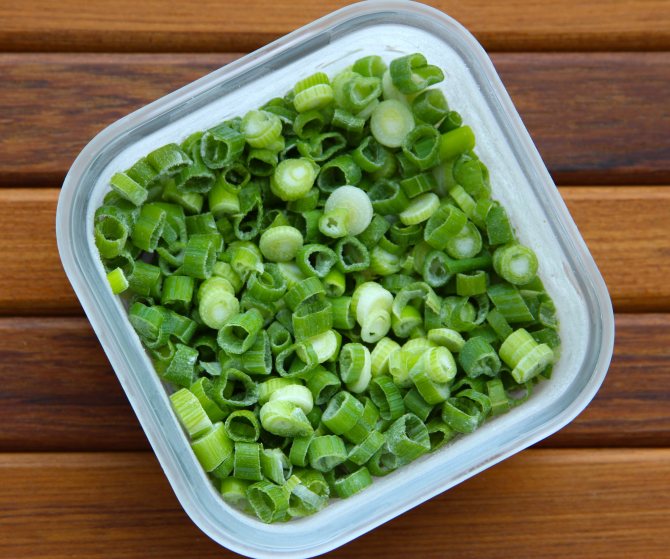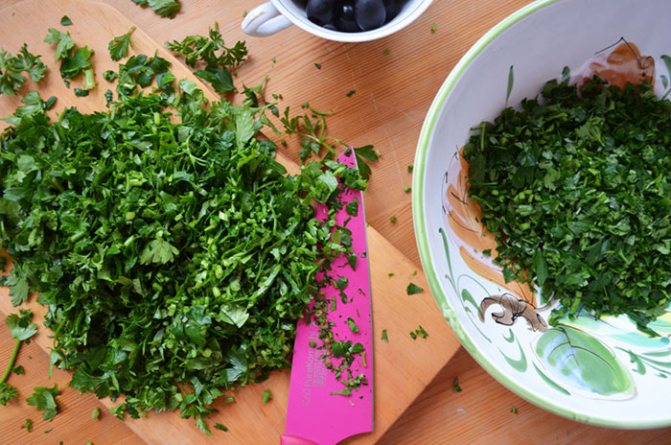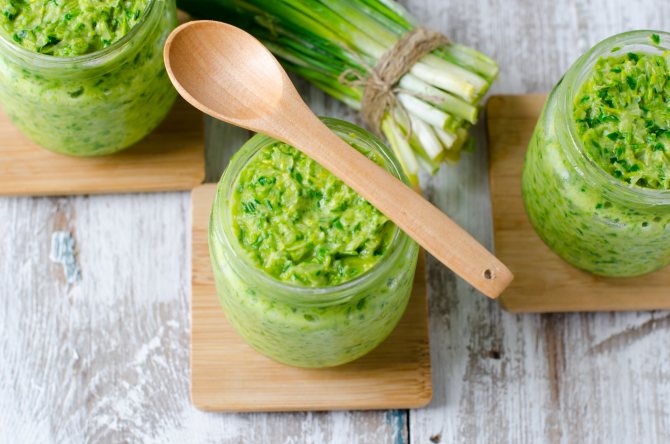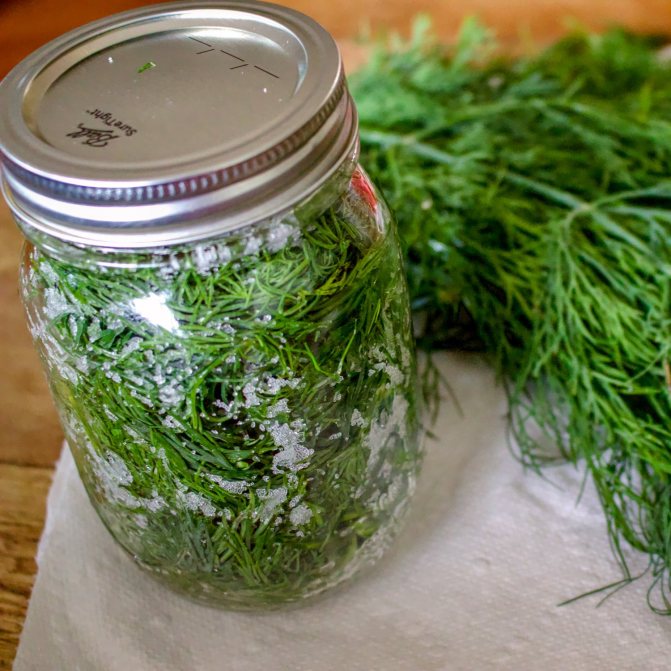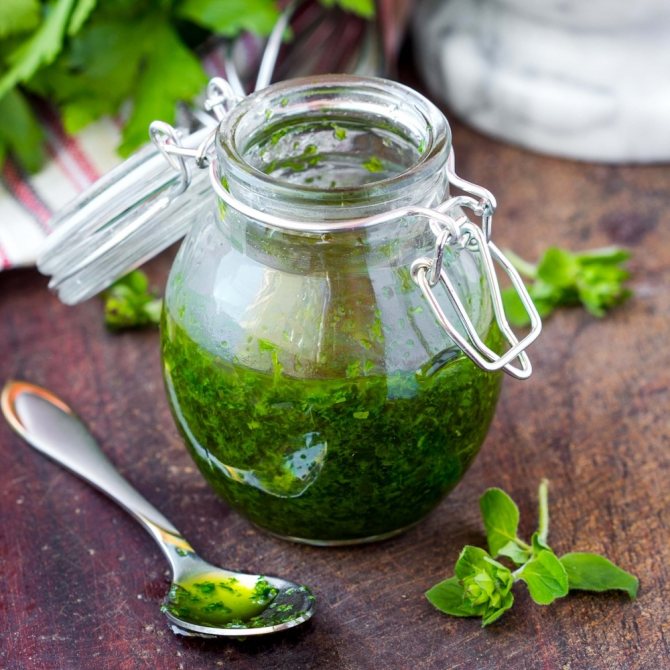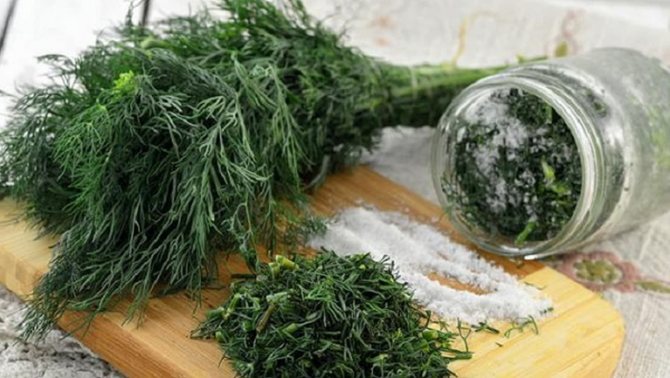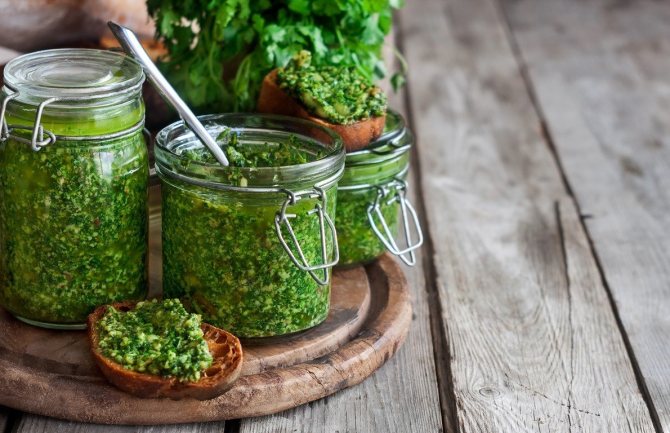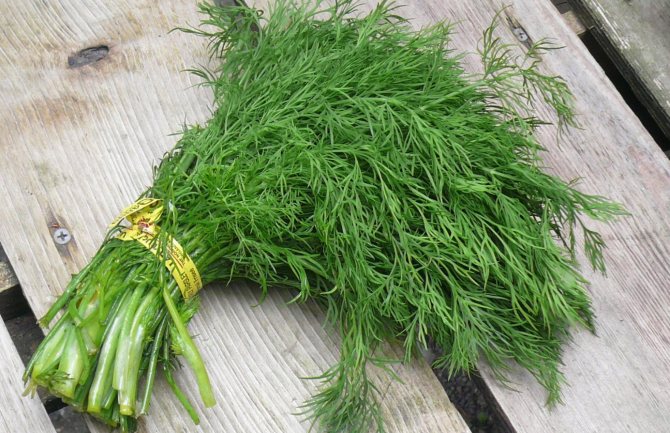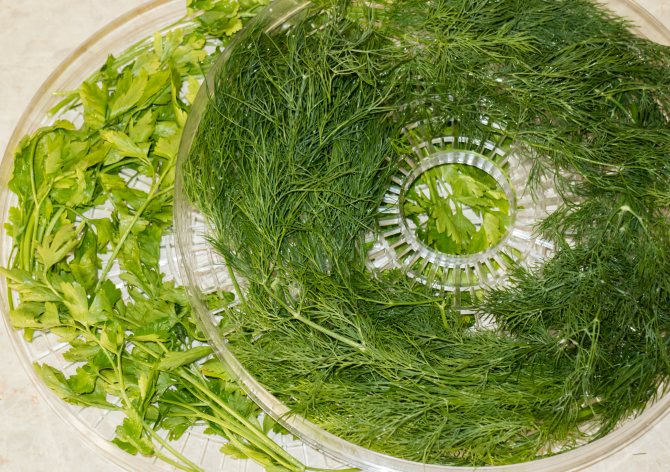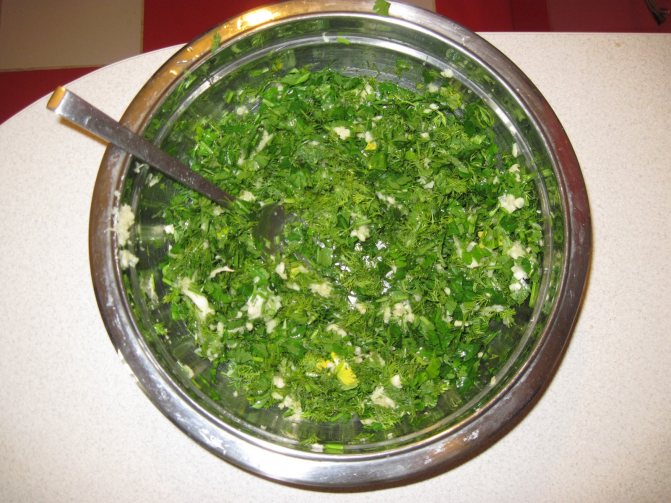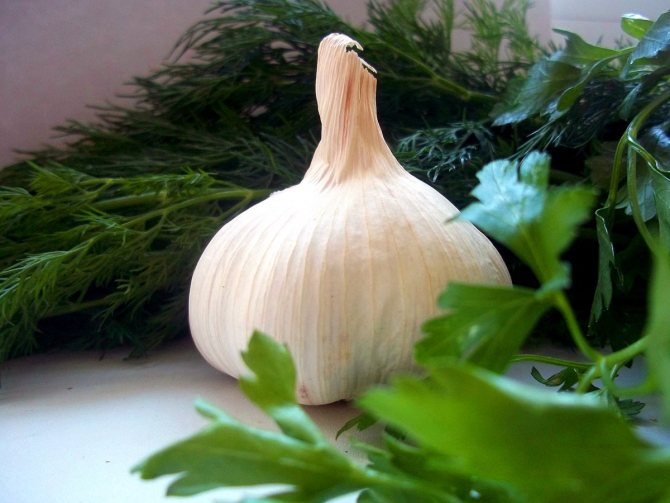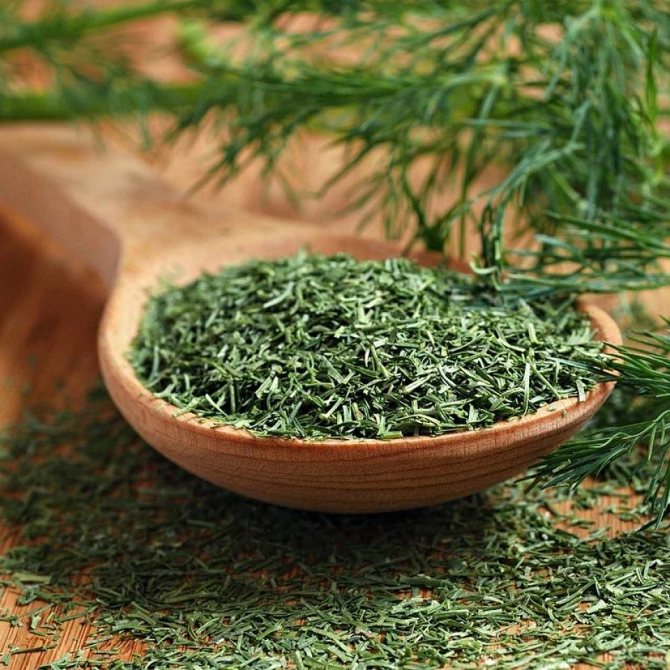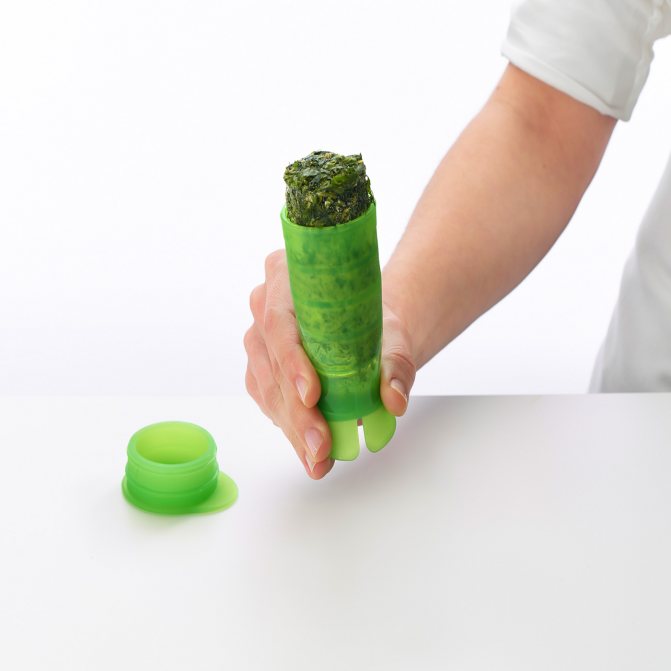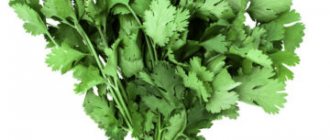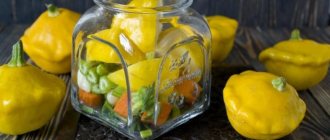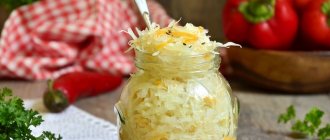Our wise people have long mastered the practice of winter harvesting. This topic has always been very relevant, including now. But is it worth spending so much time and effort on this work? - they will ask us. After all, the shelves of shops and markets are literally littered with greenery, and in a huge assortment ...
Worth it! - will prove those who have long been stocking up on cilantro, green onions, dill, parsley, celery, basil, green garlic, etc., grown in the garden, and not bought in the market. After all, they know for sure that all this is fragrant, natural, environmentally friendly, grown in their native land.... And what we usually buy out of season, imported from far away from here, because even outwardly, not to mention the useful, it badly resembles their natural counterparts.

The stalks and roots of dill, parsley, celery, basil and other green crops will delight you if you suddenly decide to go on a diet, keep a fast, eat right, etc. Do you need to cook soup without meat? Several stalks of greens, put in the soup, will decorate it, make the vegetable broth, sauce, etc. more aromatic and tasty... And the greens themselves are good for soups, salads, main courses, sauces, etc.
For the expediency of harvesting greens for the winter, the mass of existing today simple methods vote, and the ability to preserve as much as possible in this process all that useful, for which we stock up on these products!
Air drying


The easiest way to harvest aromatic herbs is to dry them in the fresh air. It is applicable to rosemary, sage, thyme, basil, dill, and parsley. In addition to greenery, you will need to stock up on parchment and twine. Drying is started on a dry and warm day. To prepare spicy herbs for the winter, you will need to follow the sequence of actions:
- Sprigs of greenery are sorted out, spoiled at the same time are discarded.
- The herbs are collected in bunches and each is wrapped with twine.
- Hang the bundles under a canopy or lay them out on a sieve, covered with gauze on top. In the second case, it will be necessary to periodically turn the ligaments. Otherwise, there is a risk of decay.
It will take at least 6-7 hours to get a dried blank for the winter. The process can take several days. Properly dried herbs will retain their original color and will not crumble in the hands. The shorter the time it takes to air dry, the more flavor and taste the greens will retain.
Chopped herbs can also be dried outdoors. They are washed, dried, and finely chopped. Then spread on the surface of a cutting board. The layer should not be thick. Leave the board with chopped herbs in a dry place protected from the sun. Whether the product is ready is determined visually by checking it once a day. In this case, the greens must be gently agitated to ensure their uniform drying.
Making preparations for other vegetables for the winter
Corn, green peas, eggplants, mushrooms, zucchini, green beans, green onions, pumpkin, bell peppers and other similar products, frozen, salted, pickled, dried or prepared in another way, will be very appropriate in winter.
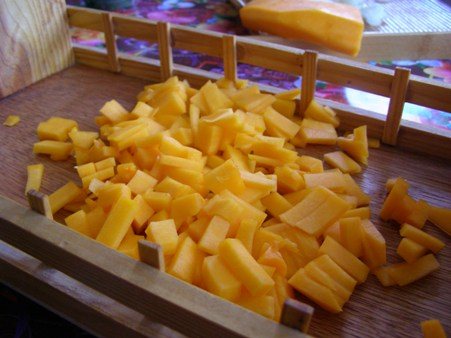

Soups, main courses, salads with their participation will acquire not only their individual taste, but also an unusual, brighter look. By the way, all this, plus cabbage, carrots, potatoes, tomatoes, can be cut into the desired proportion and stored in the freezer! Then all that remains is to put it in at the right time, and the soup, wholesome and aromatic, is ready.
Drying in the oven
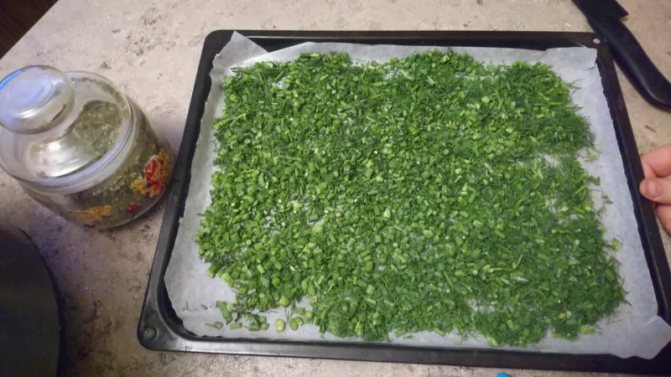

You can make preparations of dill and parsley for the winter by drying the herbs in the oven (temperature +50 ºС). Drying is carried out as follows:
- Spicy herbs are washed, slightly dried, finely chopped on a cutting board.
- Cover the baking sheet with parchment for baking. Spread the chopped greens evenly. Layer thickness - no more than 2cm.
- Send the baking sheet to the oven for 3-4 hours. If the temperature in the oven is higher than required, the door is slightly opened.
During the drying process, it is necessary to monitor the degree of readiness of the product. Otherwise, the herbs will dry out.
It is permissible to use a microwave for drying:
- Prepare greens: wash, dry, chop finely.
- Spread the green mass evenly on a plate and send it to the microwave.
- The power of 800W is set on the device. Dried for 3 minutes.
- Check the degree of readiness. If necessary, prolong the time the dish with chopped herbs is in the microwave.
- Transfer the dried product to a jar and close it with a lid. It is permissible to store dried parsley or dill in a canvas bag.
If dry herbs in your hands crumble into powder or stick together, the drying procedure was performed with errors.
Recipes
Various recipes for preparing greens for the winter.
Parsley and dill for the winter - a classic and quick recipe
Chop parsley and dill. Transfer to a large bowl and add salt. For several minutes, knead the workpiece with your hands so that the juice comes out of the greens. Then transfer the workpiece to the banks.
Cilantro for the winter in vegetable oil
Rinse cilantro and chop finely. Cover with vegetable oil. Then pour into an ice cube tray and freeze.
You can use melted butter instead of vegetable oil.


Pickle green onions
How to make pickled green onions:
- Wash and chop the onion.
- Prepare the brine.
- Pour sugar and salt into the water, bring to a boil, add vinegar at the end. If desired, bay leaves and black peppercorns can be added to the brine.
- Put the onions in the jars.
- Pour with brine.
See also
8 easy recipes for making assorted tomatoes and cucumbers with citric acid for the winter
To read
The finished preservation is cooled, then removed to a cool place.
Spicy adjika with herbs and chili
An unusual recipe for greens for the winter is spicy green adjika.
What is required for cooking:
- a bunch of parsley;
- a bunch of dill;
- Bell pepper;
- hot peppers;
- garlic;
- vinegar;
- salt;
- sugar.


How to prepare an appetizer:
- Chop parsley and dill.
- Chop the pepper and garlic in a blender. Then add chopped greens and chop again. The mass should not be too liquid, so you need to grind it no more than 1 minute.
- Then add salt and sugar. Mix.
- Then pour in the vinegar and mix again.
- Transfer the finished adjika to the banks.
Adjika according to this recipe turns out to be very fragrant and spicy. It can be served as a sauce for various dishes or spread on bread.
Sorrel rolling and sterilization
But not only spices are harvested for the winter. You can also preserve sorrel.
What is required for conservation:
- a bunch of fresh sorrel;
- salt;
- water.


How to prepare a blank:
- Sorrel is washed in water. Then it needs to be crushed. Leaves can also be left intact.
- Banks are sterilized before laying sorrel. Then they are filled with sorrel.
- Bring the water to a boil and cool to room temperature.
- Pour a few tablespoons of salt into the jars. To fill with water. Cover and roll up.
- You can also pour cold salt water or boiling water over the sorrel. The main thing is not to forget to add a small amount of salt. Vinegar is optional. Thanks to the acid contained in the sorrel, the workpiece can be stored for a long time without additional preservatives.
Canned sorrel is suitable for making green cabbage soup, soups or salads.
Dry freeze


Recent Entries
6 ways to water home flowers without going up to them Ingenious tricks for growing tomato seedlings from experienced summer residents 6 ideas on how to use cut branches in the country and at home
Dry freezing of greens is the storage of blanks in food containers, film or foil in the freezer. To do this, the greens are reviewed and sorted out, washed, dried and chopped (you can leave them intact). Then it is stacked in containers or wrapped in film (foil) and placed in the freezer. It is better to make the workpieces small so that air does not enter the storage containers.
Freeze with water
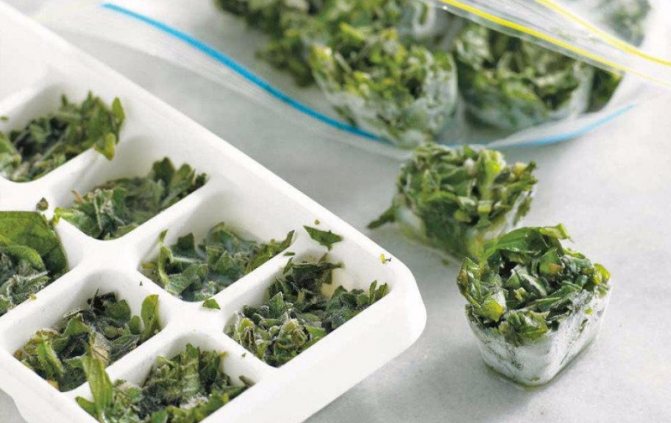

If you need to prepare a small amount of greens for portioned dishes, then you can use ice molds for this purpose. The herbs will become spicy ice cubes after freezing for food dressing. To do this, the greens should be washed and chopped, then tamped into molds, filled with water and sent to the freezer. After freezing, the cubes are poured into a bag and stored in the freezer. Such frozen herbs can be stored from 6 to 12 months at a temperature of -15 ° C.
How best to freeze greens for the winter - freezing options
Probably dill, parsley, celery, basil are some of the most popular types of spices. By adding them to any dish, a lot changes.
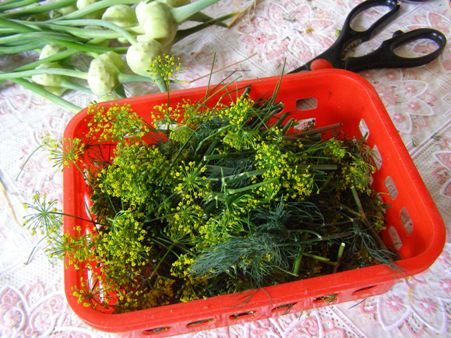

If a prepare them for the winter correctly, then they, plus everything, will not only look advantageous, but also retain all their usefulness and aromas. Shop counterparts will not be suitable for them!
I want to remind you right away that those who have a spacious freezer will be happy to freeze. Because there are a lot of types of freezing alone.
Can:
- Store in whole bushesplacing them in a container so that nothing will damage them.
- Divide plants into stems, greens, umbrellas and roots, store separately in a convenient package.
- Grind in a meat grinder and, putting the mass in bags or plastic cups, store in the freezer.
- Stack chopped greens in layers, shifting them with paper, so that later it would be convenient to take out the right amount.
- Wrap in a bag or polyethylene, pressing the mass, and in winter cutting off the right amount like from a sausage.
- Pour chopped greens with water, then filling the ice molds with this mass.
I must say that syou can also freeze other productswhich are healthy and give our dishes incredible taste and aroma. These are green beans, asparagus, (whole or cut into pieces), garlic (arrow with seeds, green part, not just white), etc.
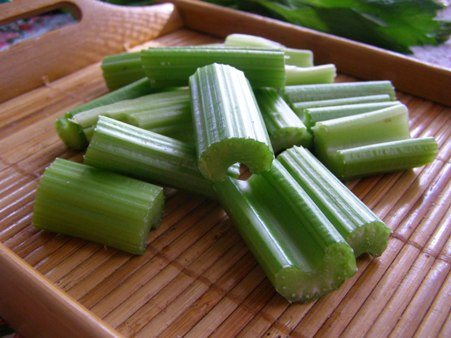

A very advantageous option for such a blank for petiole and root celery his. The stems of the plant are very fleshy and of varying thickness - by cutting them, you can prepare celery for a variety of dishes (folded into plastic, container). Actually, so you can prepare the root (cut into cubes, cubes or coarse grated). Frozen in winter, they are good for any meal!
By the way
So that the greenhouse is well preserved when frozen and easily removed without deformation, it is important to lay it so that it does not stick together... Better yet, store it all in small portions.
If you turned off the light, the refrigerator was turned off for a long time, it doesn't matter - all your workpieces will automatically go into the category of those that can then be compressed and, having squeezed out (if they have leaked too much), folded into polyethylene.
It is necessary to defrost greens at room temperature - if it goes into a salad or for a sauce, or when cooking it is put in a soup, second courses.
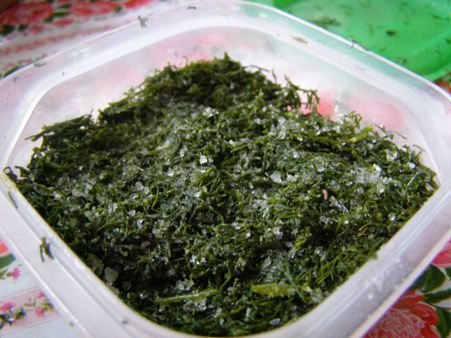

Putting in a dish:
- If finely chopped, then two minutes before readiness.
- If these are thick stems celery and the like, for 5 minutes.
- If for salad, sauces and so on, then just before placing it in the dish.
Dry salting


Dry salting can be considered an effective storage method. Any greenery is suitable for this. You should stock up on the necessary containers and salt. The herbs are sorted out and washed under the tap. Then they need to be dried, chopped and mixed with salt. In order for the workpiece to be well salted, you will need to take 250 g of salt for 1 kg of raw material. The mixture is tamped into glass jars so that the herbs are allowed to juice. The vessel is left for 2 days at room temperature, then filled to the top. The lid on the can should fit snugly against the neck and keep air out. Store such a blank in the cellar or in the refrigerator.
How to pickle greens for the winter - a recipe for proper pickling
Not a very convenient and useful method. Personally, I did this before I had a dry-freeze fridge. There are several disadvantages. No, in plan preservation of usefulness - it's not bad here, up to 70% of vitamins remain... But when cooking, it is difficult to determine the amount of salt. That is, you need to fill your hand in order to guess. And its use is one-sided - mainly for second courses. In the end, the method is ideal if you do not have the opportunity to use the first and second.
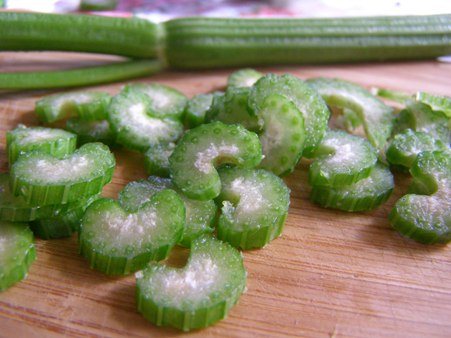

Cooking is simple: cut clean green tea into small pieces and fold in layers (1 cm) in a sterilized jar, sprinkle with ordinary salt and then carefully wrinkle with a hand. You can even mix the bushes with salt, rubbing them, then putting them in a clean dish. Or fill a clean jar with finely chopped herbs, then sprinkle salt on top and shake everything up (it is not stored as long as the greens that let the juice from grinding with salt).
By the way
The method is ideal for storing parsley, dill, celery and the like.
We store: in a refrigerator.
Put in a dish: two minutes before readiness.
Pickling greens
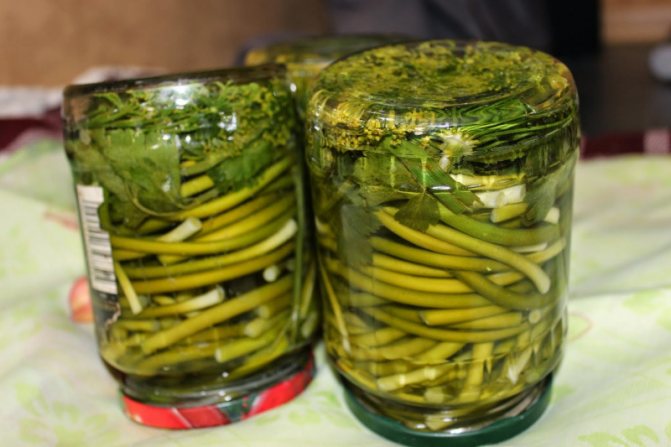

Pickling is another way to store greens for the winter. The advantage is that preservation can be saved at any temperature and in any convenient place. Minus - less vitamins are stored in the workpiece. Suitable for pickling:
- dill;
- parsley;
- fennel;
- green lettuce leaves.
Before picking, the greens are washed, coarsely chopped. Dried herbs can also be pickled. The workpiece is laid out in sterilized jars and poured with boiling marinade, which will require salt, sugar and vinegar.
In addition to those listed in the article, there are many more methods for storing herbs for a long time. At the same time, the blanks do not lose their taste and useful properties.
Types of harvesting greens for the winter
There are quite a few of them, because, say, dill or parsley, onions, garlic, etc., you can ferment, preserve, and pickle, etc.
But these three are even more in demand among hostesses:
- Freezing.
- Drying.
- Salting.
Of course, you can use all these methods, because in the same dish, you can put, say, dried dill, celery and frozen asparagus beans, onions, garlic, and so on. Can i prepare everything for future use and separately, knowing for which particular dish this or that preparation will go.
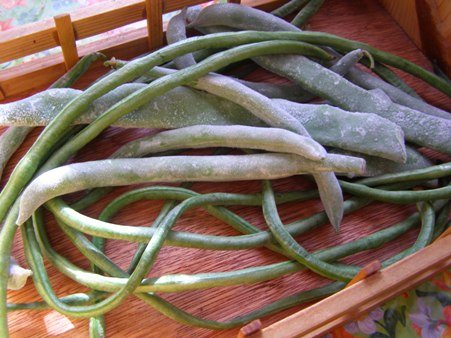

So, frozen greenfinch will behave perfectly in a salad, that is, without heating - it is enough to hold it at room temperature. But dried, in order for their aroma to unfold, it is imperative to warm it up.
That is, at each type has its own pros and cons... And he, and the other, and the third way preserves the greens, however, its taste will not be the same in each case. Here you just need to decide what is more convenient and profitable, and the problem is solved.And what is more in demand among hostesses?
- Most of all, women love green tea and freeze vegetables.... And this is no coincidence - the taste, the look, and the degree of usefulness are the highest here. The only problem is the small size of the freezers.
- Drying will come to the rescue - easy to prepare and easy to store, in cans, bags, etc.
- Well, salting is beneficial for thosewho have cellars and basements, or just cool rooms.

